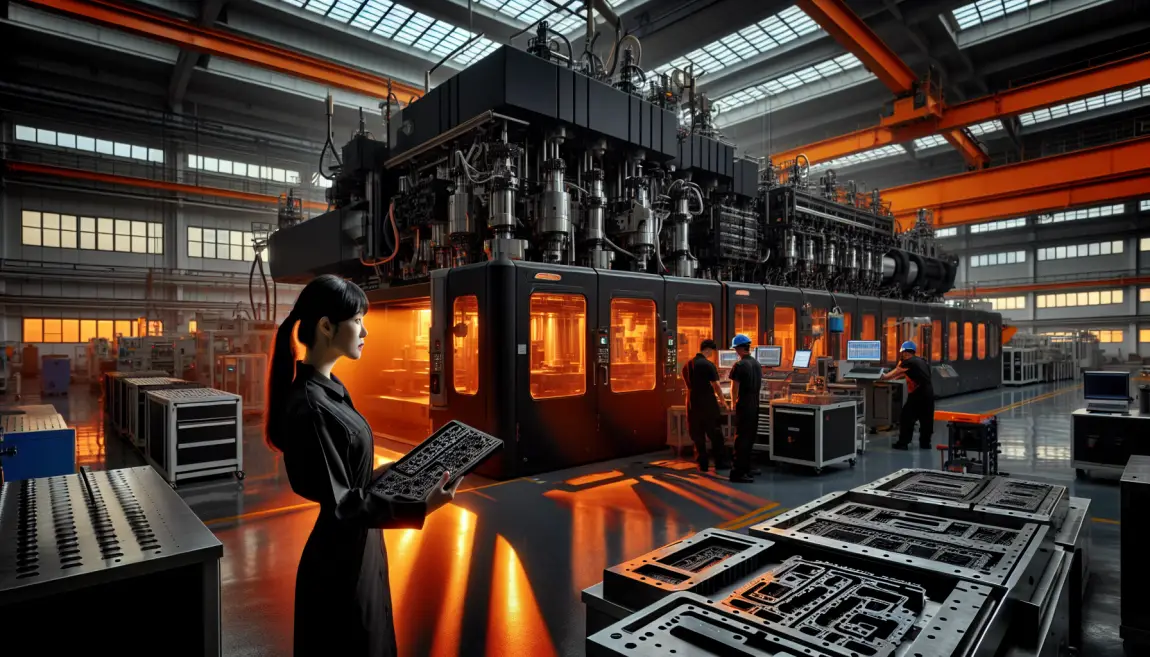In the aerospace injection molding industry, achieving precision and repeatability often hinges on nuanced process decisionsone of which is whether to use a cushion in the molding process. A cushion refers to the amount of molten resin left in front of the screw during injection, playing a crucial role in establishing desired cavity pressures essential for high-quality part formation.
The Debate over Cushion Use
There's a prevailing belief that operating without a cushion is antithetical to 'scientific molding'a term coined by front-runners like John Bozzelli, Rod Groleau, and John Beaumont to describe a data-driven approach to injection molding. However, this claim isn't just about semantics; it underscores the broader philosophical debate on optimal molding practices within our industry.
Historically, the use of viscosity curves to determine fill times represented the pinnacle of process development. Yet, modern training seems to sidestep this once crucial study, indicating a shift in what constitutes best practices in injection molding. This evolution echoes the importance being open to innovative ideas and updating techniques in line with scientific advancements.
Defining the Cushion
The cushion's primary role is to bridge the connection between the screw and the mold's flow channels, ensuring continuous pressure that forms the part being molded. Whether running with or without a cushion suits a process better should depend on the part's specific requirements. Molding with a cushion can induce stress, potentially causing defects like warping, particularly in thin-walled components. Conversely, cushion-less processes, facilitated by plunger-style machines designed to 'bottom out' each shot, minimize these stress-related issues.
Such cushion-free setups prove indispensable for certain applications, like the production of outdoor trash bins where reducing internal stresses curtails cracking over time due to environmental stressors.
Process Setup: To Cushion or Not?
The decision to incorporate a cushion should be aligned with the part's design necessities. The automotive and medical sectors, where component integrity often intersects with stringent regulatory standards, frequently benefit from cushion-based setups. However, establishing a proper cushion size isn't straightforward, with most machines offering varying measurement mechanisms, and requires a methodical approach to determine its sufficiency.
Ultimately, every molding process setup should adhere to a scientifically-backed methodology, promoting adjustments based on empirical data rather than entrenched practices. As we continue to harness data in refining our methodologies, the specific use of a cushion should be guided by whatever setup yields the most robust and consistent outcomes, tailored to meet precise aerospace requirements.
To all aerospace injection molders: let data drive innovation in your processes, ensuring you stay at the forefront of quality and efficiency.
About the Author:
Robert Gattshall possesses over 28 years of experience in plastic injection molding, with significant expertise in applying scientific molding principles across various industries including aerospace. He currently serves as a process engineering manager and advocates for perpetual learning and adaptation in technological practices.



Leave a Reply